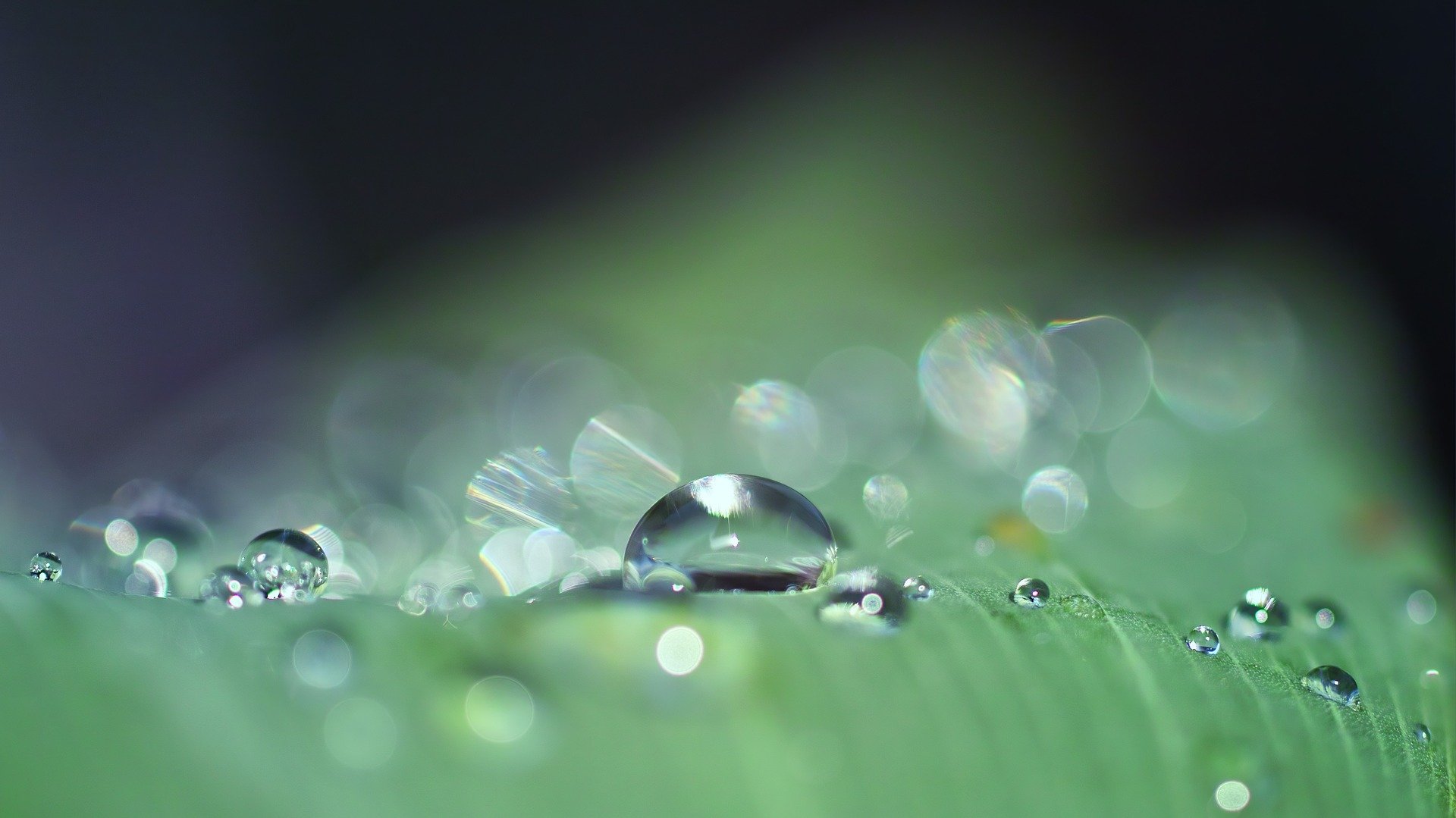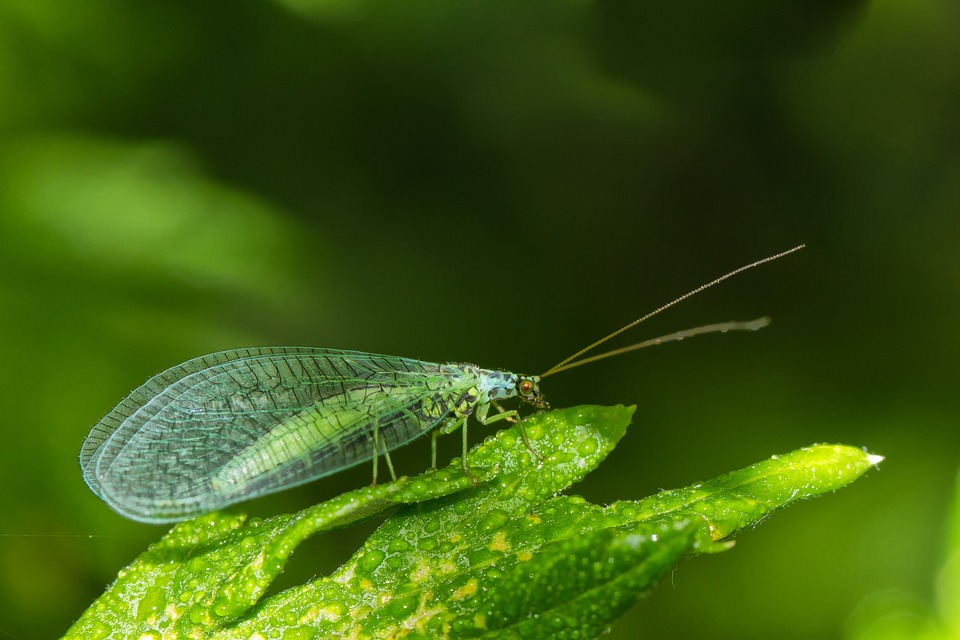This past Monday was Earth Day. While we recognize the need for institutional change, we’re also big believers in doing what you can on an individual or community scale. Here are a few great ways that you can create a sustainable garden and make an impact in honor of Earth Day.
Start Composting
According to the EPA, food and other organic materials comprise 51.4% of municipal solid waste in landfills. Not only does this lead to wasted space, but it also contributes to climate change. When organic waste like food scraps, coffee grounds, and grass clippings ends up in a landfill, it decays under anaerobic conditions and produces methane gas.
Composting allows these organic materials to decay in normal aerobic conditions, preventing the release of methane. It also helps build healthy soil for your garden. Get started with our beginner composting guide.
 Practice Water Wise Gardening
Practice Water Wise Gardening
Depending on where you live, your area may be experiencing increasing droughts. Thankfully, there are several ways to reduce your water usage in the garden. Use mulch around plants and in rows to hold in moisture. Cover crops and vining, leafy crops also shade the soil, acting as living mulch. Choose drought-tolerant plants when you can, especially if water is already an issue in your area.
When you do water, try to use soaker hoses or drip irrigation and water in the morning or evening to mitigate loss to evaporation. Pulse irrigation is also a relatively new technique that’s showing promising results, especially for commercial growers.
Avoid Plastic
Plastic is now so prevalent in agriculture; there’s a word for it: plasticulture. We see it in home gardens, too; from the flats we start seeds in, to the black plastic mulch, and hoop house covers. While we can’t ask you to give up plastic entirely, everyone should strive to cut back.
Consider using a soil blocker or newspaper pots to start seeds. Avoid plastic mulch, opting for natural materials like wood chips, cardboard, and old leaves. Re-use existing plastic for as long as possible. When it’s time to retire the greenhouse cover, try using it to cover low tunnels.

Use Integrated Pest Management
Most backyard gardeners try to avoid pesticide use, as even organic options can inadvertently affect other species. One way we can further this goal is through integrated pest management strategies. These primarily include strategies for preventing pest problems like crop rotation, trap crops, attracting beneficial insects and wildlife, and companion planting.
Donate or Giveaway Food You Can’t Use
Food waste is a massive problem in the United States. It’s estimated that 30 to 40% of food in the U.S., over 130 billion pounds, ends up in landfills each year. These statistics are even sadder when we consider that 12.8% of Americans, approximately 44.2 million individuals, lack access to an affordable, nutritious diet.
While much of this waste occurs on a commercial scale, gardeners can ensure that the food we produce isn’t wasted. Consider donating excess produce to a food bank, giving it away to neighbors and friends, or even setting up a free stand or table.
Opt for Human-Powered Tools When Possible
We’re not telling you to ditch all of your lawn and garden equipment, but cutting back on your fuel usage is a wonderful thing. Whenever you can opt for human-powered equipment or no equipment at all.
Consider going no-till, using a reel mower or scythe for small areas, and mulching to eliminate the need for cultivation.
Minimize Fertilizer Use
Fertilizer can seem like a miracle when you see your plants thriving, but it can also have negative impacts. The production and use of fertilizer contribute to nitrous oxide emissions, which contribute to a warmer and wetter climate.
Excess fertilizer also tends to wash away, ending up in groundwater, streams, and other local water sources, where it causes toxic algae blooms. These algae blooms impact fish and other aquatic wildlife and can even make people extremely sick.
 Choose Appropriate Plants
Choose Appropriate Plants
Choosing appropriate plants will look different for every garden, but we like to consider a few basic tenets when selecting plants for a sustainable garden.
First, avoid invasive, non-native that spread aggressively. Many invasive species have been introduced incidentally, but others are spreading because gardeners continue to plant them, primarily as ornamentals. Here are a few good examples of common invasive plants and more eco-friendly alternatives:
- Avoid Bradford Pear (Pyrus calleryana). Instead, try a crab apple, other fruit tree, or native dogwood.
- Avoid Japanese Honeysuckle (Lonicera japonica). Try a native honeysuckle like Trumpet Honeysuckle (Lonicera sempervirens).
- Avoid Chinese Wisteria (Wisteria sinensis). Plant the native American Wisteria (Wisteria frutescens).
- Avoid Lesser Periwinkle (Vinca minor). Try a native, shade-loving ground cover like Virginia Bluebells (Mertensia virginica).
Secondly, we look for low-maintenance plants whenever possible. These are the plants that will thrive in our garden and specific climates without high inputs of water, fertilizer, or pesticides. Here in the southeastern United States, some good examples include:
- Echinacea (coneflowers)
- Dent Corn
- Collards
- Rudbeckia (black-eyed Susans)
- Pole Beans
All plants may still have occasional problems, but these plants aren’t generally taxing to tend.
Save Seed
Seed saving is one of our favorite recommendations for taking your garden to the next level. By saving your seed, you’re helping preserve genetic diversity and adapt varieties to your local climate. Check out our beginner-friendly seed-saving post.
Implementing just a couple of changes can help you create a sustainable garden. Thankfully, many of these changes can also help increase production and reduce issues and costs associated with the garden. Happy Earth Day!

